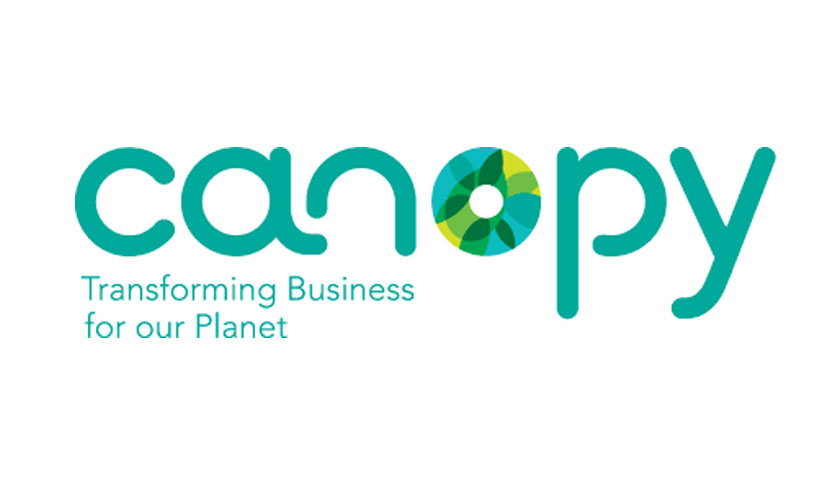COP26 was all about promises, this week is all about tangible, game-changing solutions in action. Environmental NGO Canopy, has launched their Circular Chic campaign to showcase real-life, low carbon alternatives for fashion fabrics, like viscose and rayon, and paper packaging, all of which are too often made by logging vital, high carbon forests. The campaign was born out of a necessity to raise awareness of the urgent need to transform the fashion and packaging industry’s supply chains. Currently, these supply chains are responsible for cutting down 3.2 billion trees a year, and in doing so, placing unsustainable stresses on the planet’s climate and biodiversity.
“Deforestation is one of fashion’s dirtiest secrets. Next Gen Solutions, like those that Circular Chic presents, take the materials our society has been wasting and use them to make new fashion fabrics and the paper packaging they’re delivered in – reducing waste, saving forests, and keeping you fashionable,” said activist and model Arizona Muse. “These solutions are here today. It’s time to bring them from the niches of the marketplace to the mainstream.”
Circular Chic features cutting-edge fashion and a diverse set of changemakers who sit at the intersection of fashion and environmental activism — Arizona Muse, Emma Breschi, Candice Carty-Williams, Kelly Knox, Emma Slade Edmondson, Efe Efeturi, and Anna Shaffer. The imagery showcases fashion and packaging solutions that can be adopted and scaled today to save forests and address the interconnected crises of climate and biodiversity loss. This is not about what can be done in the future, these solutions are available now.
“Fashion is one of the most polluting industries, so it’s important to hold ourselves and the top dogs accountable,” said Emma Breshci. “I don’t have all the answers as to how, but I know that we have to protect our trees because at the end of the day we can’t eat or breathe money. We have so many sustainable solutions for the simpler things like packaging and how we repurpose textiles etc. We aren’t perfect, but we can definitely do better. We can’t let perfection get in the way of doing good. That’s the kind of fashion trend everyone in our industry should try to follow to the best of their abilities.”
“Transforming carbon-intensive supply chains, such as forest-based packaging and fabrics, is vital to achieving the lofty goals set at COP26 to stabilize our climate,“ said Nicole Rycroft, Executive Director of Canopy. “Next Generation Solutions aren’t science fiction, they’re here today and it’s all-hands-on-deck to shift quickly to these low footprint alternatives.”
It’s estimated that in just one year, landfills accumulate 92 million tonnes of textile waste globally. That’s equivalent to a rubbish truck full of clothes being dumped in landfills every second. A growing number of producers are regenerating this waste to make Man-made Cellulosic Fibres from recycled textiles such as old cotton jeans and t-shirts otherwise destined for landfills. If all Man-made Cellulosic Fibres were made with 50% Next Gen cellulose, the world would have 100 million more trees left standing every year.
On the packaging side, every year hundreds of millions of tonnes of agricultural residue (ie. waste straw, flax straw) are burned, causing air pollution and choking some of the world’s largest cities. Innovative companies are now using this ‘waste’ to make everything from paper bags to fashion boxes to takeout containers. If 50% of the virgin forest paper in packaging were made with Next Gen cellulose, 1.5 billion trees would be saved from the chopping block.
Circular Chic celebrates Next Gen Solutions that draw on alternative feedstocks to high-carbon forests. Fabrics and packaging profiled in the series use textile waste, agricultural waste left after the food harvest, fallen leaves, or microbial cellulose grown through fermentation. These solutions showcase a far lighter carbon, habitat, water, and chemical footprint than their conventional wood-based counterparts. On average, Next Gen Solutions, like those profiled, consume 75% less energy, up to 90% less water, use greener or no chemicals in the production process, and include zero forest habitat.
